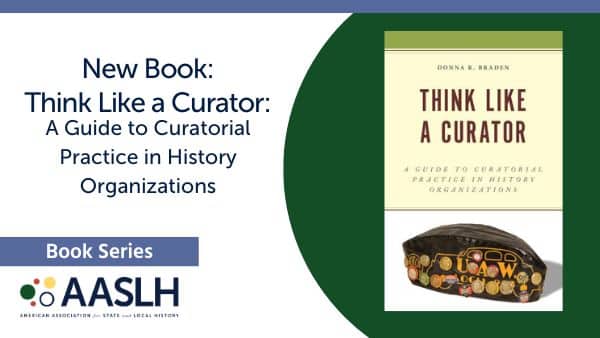Over time it became clear that we could use a little help. We’re in a town of 6,400 in a county of over 17,000 people. Unlike many small rural museums, this is a county-funded operation, with a full-time director and a part-time assistant. But we always welcome additional help.
Volunteers came and went. I think most truly wanted to help, but family and school needs were their top priorities, and none could maintain any regular schedule.
In time, a number of supporters formed a Friends of the Museum group with officers, a dues structure, and regular meetings. Over the next couple years, the organization obtained its nonprofit 501(c)(3) tax-exempt status.
The Friends of the Museum now sponsor an open house/art show every December, and assist during school tours.
They also participate in acquisition decisions and in helping fund special projects. For instance, the museum building – a former hospital – has several large, uniformly-sized windows along its walls. But these fifty year-old casement windows weren’t sealing out dust, so we replaced them with cement fiberboard panels.
The Friends of the Museum, working with a local high school art teacher and students, developed design ideas to highlight themes and scenes in local history. A Friends committee selected the “winning” designs, and the organization bought aluminum sheets, on which the students painted the scenes. They then installed these brightly colored sheets over the fiberboard to provide an appropriate and striking visual element.
One Friends of the Museum member, an artist, developed a pair of brochures – one for adults and a more basic version for children. Each contains general information about the museum, a map of the layout, and details about the displays. And the best part: each can be produced in-house, on legal-size paper.
Each visitor gets a brochure as they enter the museum. If nothing else, it doubles as a free souvenir – and as an invitation to return.



